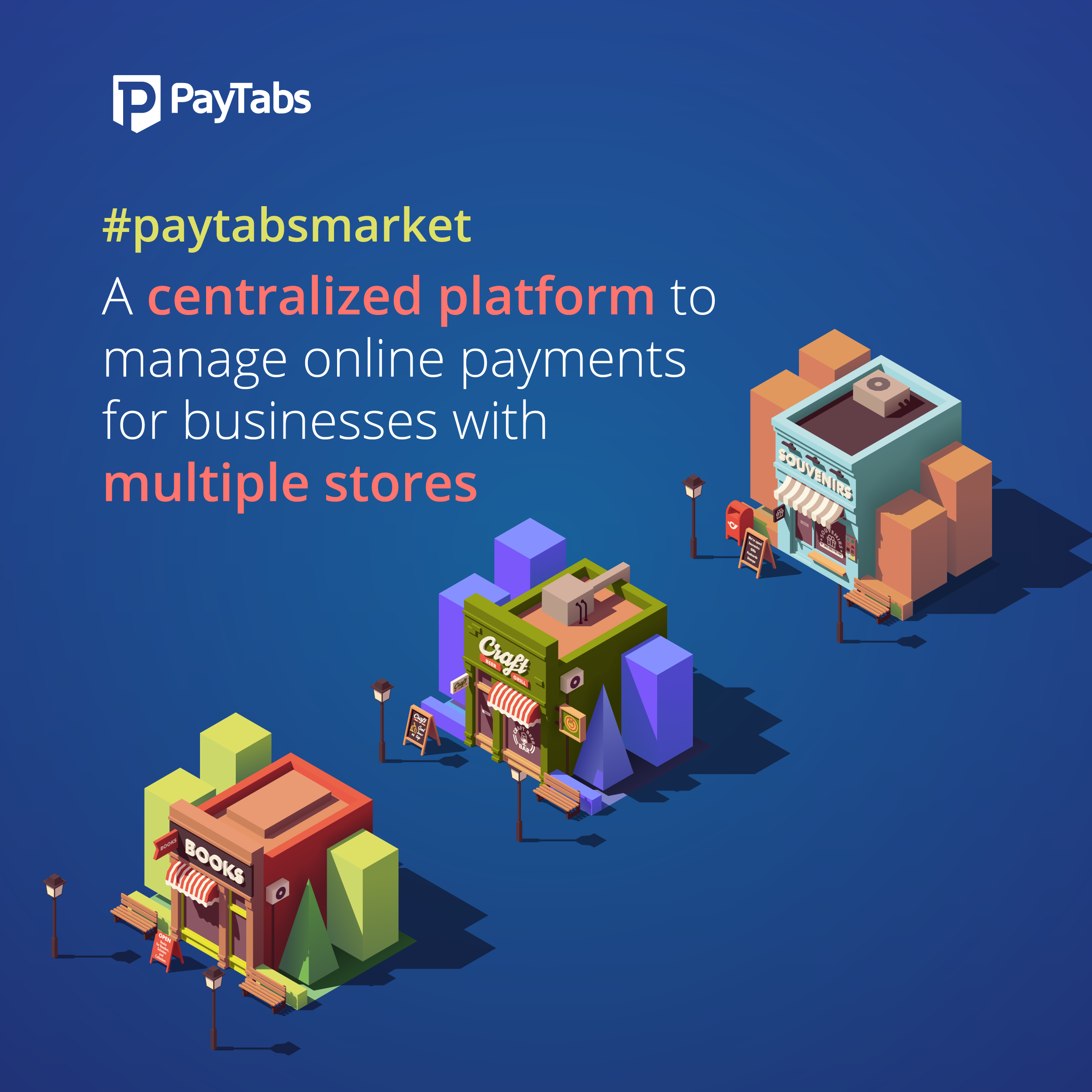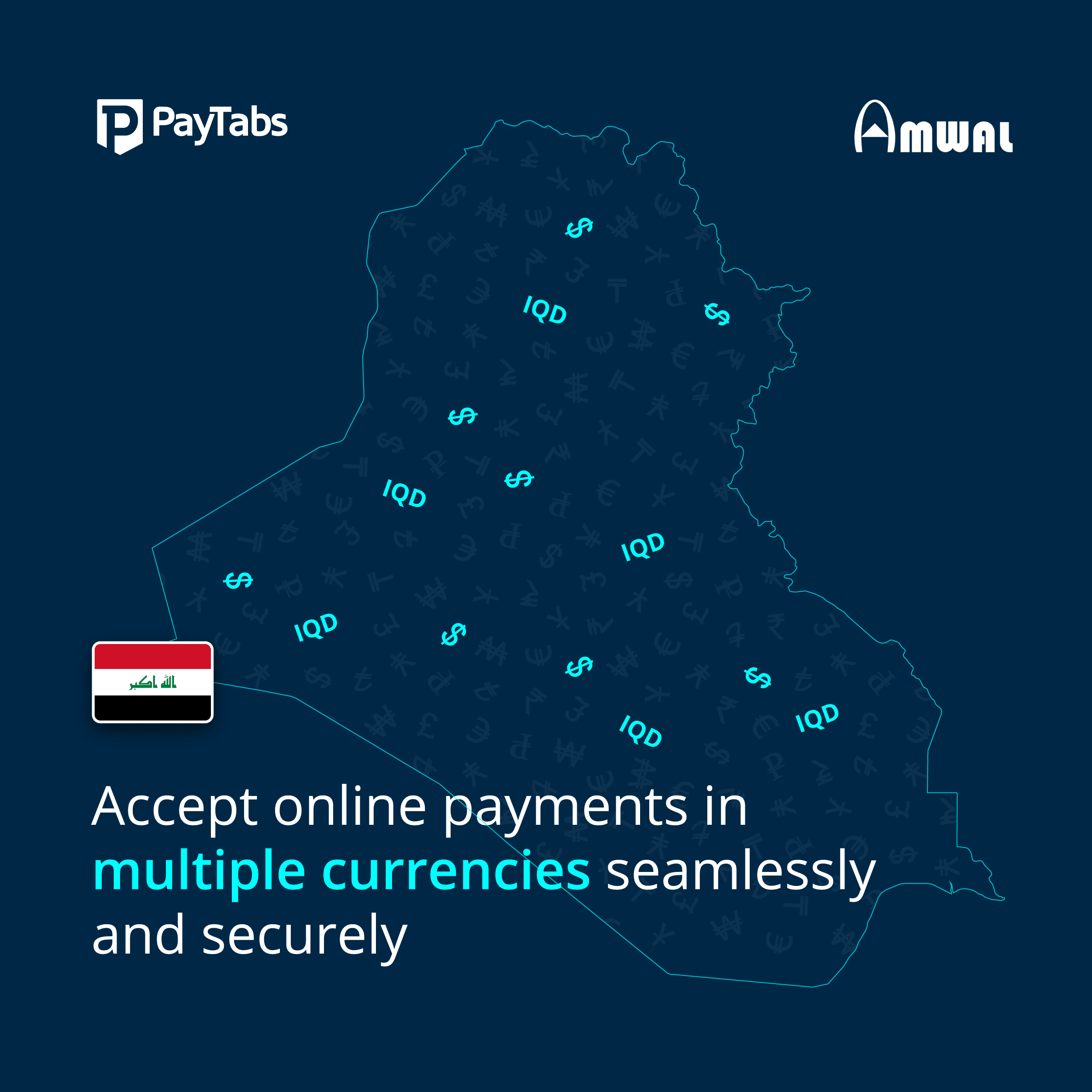
It doesn’t matter what you do, who you work with, or how picky you are with your customers—at some point, every small business owner, independent contractor, freelancer, and self-employed person has to deal with difficult clients..
But just because challenging clients are a part of running a successful business doesn’t make them any easier to deal with! Managing difficult clients is frustrating, time-consuming, and—depending on what they’re being difficult about—can have a significant impact on your business.
That’s why, as business owners, it’s imperative to know how to deal with difficult clients. When you know how to deal with challenging clients, you can better manage your customers and maintain your client relationships—even when your clients insist on being a thorn in your side.
But how, exactly, do you do that? Let’s take a look at eight must-know strategies for dealing with difficult customers:
1. Set Clear Expectations
Here’s the truth: some clients are going to be difficult no matter what you do. But many difficult client relationships can be avoided by getting on the same page from the get-go—and that means setting clear expectations from day one.
Setting clear expectations at the very beginning of your client relationships (and making sure your client understands those expectations) can help you avoid misunderstandings in the future—and can help you avoid difficult interactions with your client as a result.
When you start working with a new client, schedule a meeting to discuss and cement all the details of your working relationship. Walk through everything that could be relevant (or could be potentially misunderstood) in the future. This includes:
- Your business background. You never want a client to say you misrepresented yourself or your business—so before you start working together, you’ll want to outline your business background, including years of experience in your industry, the type of projects you specialize in, and your experience with the type of project or work they’re looking to hire for.
- Professional services. You and your client need to be on the same page on what, exactly, you’re being hired to do. What services are you going to perform for the client?
- Timeline. Many clients get upset when projects aren’t completed in a timeframe they deem appropriate—so make sure you outline realistic timeframes and project deadlines. And, in order to avoid any confusion, be as specific as possible. So, for example, if you’re a general contractor hired to renovate a kitchen, don’t just give a date when the project will be complete; walk through approximate timeframes for each part of the project, like demo, cabinet installation, and painting.
- Pricing. If you want to avoid client challenges, one of the most important areas to set clear expectations? Your pricing structure. Review your entire pricing structure with a client before taking on a project, including the total amount due upfront, payment terms, the payment schedule, when the final payment is due, and what happens in the case of a late payment or unpaid invoice, including late fees and interest charges.
Once you’ve reviewed all this information with your customer (this is the important part!), put everything into a written contract—and have the client read and sign that contract. Having a signed contract adds a layer of protection for future disputes; for example, if, after completing a project, the client doesn’t want to pay the full amount because they say it’s different from your original pricing, you can point to the contract—the contract that they signed—and easily resolve the dispute. (Written contracts are also much easier to enforce than oral agreements.)
2. Have Firm Boundaries
Setting boundaries is an important part of running a successful business—but it’s especially important when it comes to managing hard-to-deal-with clients.
Without boundaries, clients with a natural inclination towards being difficult can (and will!) walk all over you—and the relationship can quickly become unmanageable.
There are a few different areas where you’ll want to set clear boundaries with your clients, including:
- Communication. Setting boundaries around your communication is a must, especially if a client can be difficult. Let your client know how and when they can get in touch with you with project-related questions or concerns. For example, you might tell them you’ll respond to emails or phone calls between 9am and 6pm, Monday through Friday, but text messaging is off limits—and you won’t respond to any communication requests on nights or weekends. Then, make sure to stick to those boundaries; once you respond to a late-night text message from the client—even after telling them that texting and after-hours communication is a no-no—you’ll likely find yourself inundated with texts for the remainder of the project.
- Project scope. If you don’t have clear boundaries on what your project entails—and what it doesn’t—it can be easy for the project scope to expand. But often, difficult clients will request changes to the project and not want to pay for those changes—so set clear boundaries around the project scope from the get-go and make sure to draw up a new contract any time the client makes a request for a change.
- Treatment of staff members and contractors. If you have employees or subcontractors working with a client, you want to make sure your team is being treated with respect. Refuse to tolerate any disrespect, inflammatory language, or other type of mistreatment from your client to yourself and your team—and if they step out of line, let them know the behavior is unacceptable.
3. Commit To Professionalism
When you’re dealing with a truly difficult customer, it can be easy for your emotions to get the best of you. But as a business owner, it’s important to stay calm, separate business from personal, and commit to a sense of professionalism in all your interactions with the client.
During, keep things professional. If you find yourself face-to-face with an upset or angry client, give them the space to share their frustration—but don’t mirror their anger. When you have to navigate difficult conversations or challenging project check-ins, be aware of your facial expressions and body language. Conduct yourself in a professional manner in all your interactions with your clients—even (and especially) when they’re acting anything but professional.
Side note: there’s a difference between keeping things professional and opening yourself or your team up for abuse. If you’re dealing with an exceptionally angry customer—and the customer is screaming, yelling, or being abusive—the most professional thing you can do is walk away from the conversation until they calm down.
4. Document Everything
As mentioned, one of the go-to’s for hard-to-deal-with clients is the “he said, she said” game; they’ll claim you said, did, or promised one thing—while you know that you said, did, or promised nothing of the sort.
Having a written contract at the start of the project will help to avoid a lot of these “he said, she said” misunderstandings. But there are plenty of opportunities for misunderstandings after the contract has already been drawn up—which is why it’s important to document all your interactions with the client.
Keep a record of all the phone calls with your client; after the phone call, write down the time, date, and what was discussed. If you have a video call, do the same thing. Keep all your emails and other written communication in a folder. Not only will having documentation of all your client interactions help you to address any misunderstandings with the client in the future, but it will also be helpful if you end up having to take legal action against the client (or they decide to take legal action against you).
5. Own Up To Your Mistakes
There’s a difference between difficult clients and unhappy clients. If the reason your client relationship is difficult is that you dropped the ball or under-delivered on your project, it’s important to own up to that.
If a customer is upset because of what they perceive to be a problem on your end, listen to how the client feels—and if their concerns are warranted, it’s important to take every step necessary to address the client’s concerns and right the situation
For example, if a client is being difficult—and, after a conversation, you find out the reason is that your crew has been arriving at the job site an hour late every day? Own up to the mistake, apologize to the customer, and take any steps necessary to ensure, moving forward, your crew arrives on time and ready to work—and follow up with the client to make sure that happens.
Bottom line? Unhappy customers are different from difficult customers; they’re unhappy for a reason—and as a business owner, it’s important to address that reason and fix it.
6. Don’t Take The Blame When It’s Not Warranted
It’s important to own up to any mistakes you make with your clients. But some clients will want you to take the blame even when things aren’t your fault—and in those cases, it’s important to hold your ground.
For example, if your crew shows up late to a home improvement job site, that’s on you. But if your client isn’t home to let them in when they arrive (and the job starts late as a result), that’s on them—or if there’s a natural disaster that shuts down roads and your crew can’t safely get to the job site, that’s on no one.
The point is, you always want to listen and acknowledge your clients—but you don’t need to accept the blame from a difficult client for situations that are out of your control.
7. Escalate The Situation When Necessary
Sometimes, you can do everything right when dealing with difficult clients—but you still don’t get the outcome you want or need.
And in those situations, sometimes the best thing to do? Escalate the situation. There are a variety of situations where you might need to take things to the next level when dealing with a difficult client, including:
- The client refuses to pay for outstanding invoices. A non-paying client that refuses to settle an outstanding invoice (despite your best efforts) can negatively impact your business’ cash flow—and you may need to escalate the situation and send a demand letter or take them to small claims court in order to collect and settle the non-payment. You could also send the unpaid bill to a debt collection agency—and allow the collection agency to handle the debt collection/nonpayment issue for you.
- Fee disputes. If you and your client disagree on the amount of money owed for a job or project—and you can’t come to an agreement on your own—you may need to have the dispute mediated by a law firm.
- Breach of contract. If your client is in direct breach of a contract (whether that’s by ignoring unpaid bills for a certain amount of time or refusing to settle unpaid fees that are past due), it’s within your legal rights to take them to court for violating the contract.
Making the choice to take legal action against a client isn’t easy; not only can it make an already challenging client situation more difficult, but there are also significant costs involved (including the time investment and the legal fees to cover an attorney or law firm’s legal services). Before you decide to escalate a client situation, talk to a lawyer for legal advice—and make sure it’s the best course of action for you.
8. If A Client Becomes Too Difficult To Deal With? Just Walk Away
All of these strategies can help you more effectively navigate challenging client relationships. But if you’ve tried everything on this list and a client is just too difficult to deal with, the good news? You can always just walk away.
As a business owner, the decision-making power lies with you; you get to decide who you work with and who you don’t. And if a client becomes too much of a hassle, you can always walk away—and make room in your schedule for clients who are going to be easier to work with.
This article first appeared on hourly.io.

-Deanna deBara is a freelance writer living in Portland, OR. When she’s not busy building her business or typing away at her keyboard, she enjoys spending time hiking in the Pacific Northwest.









